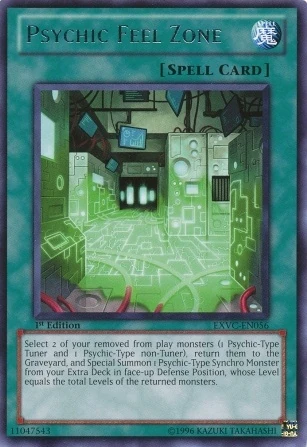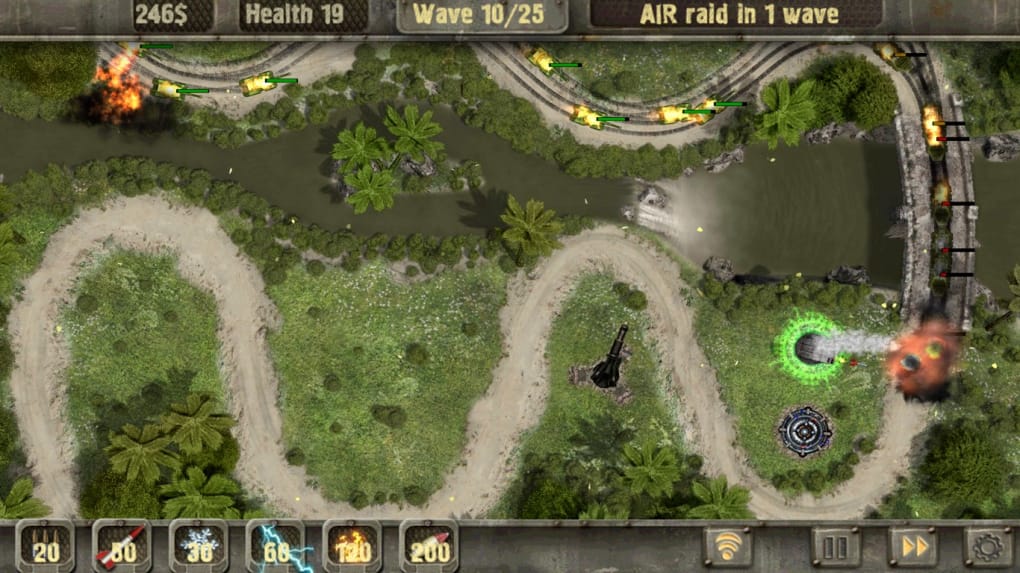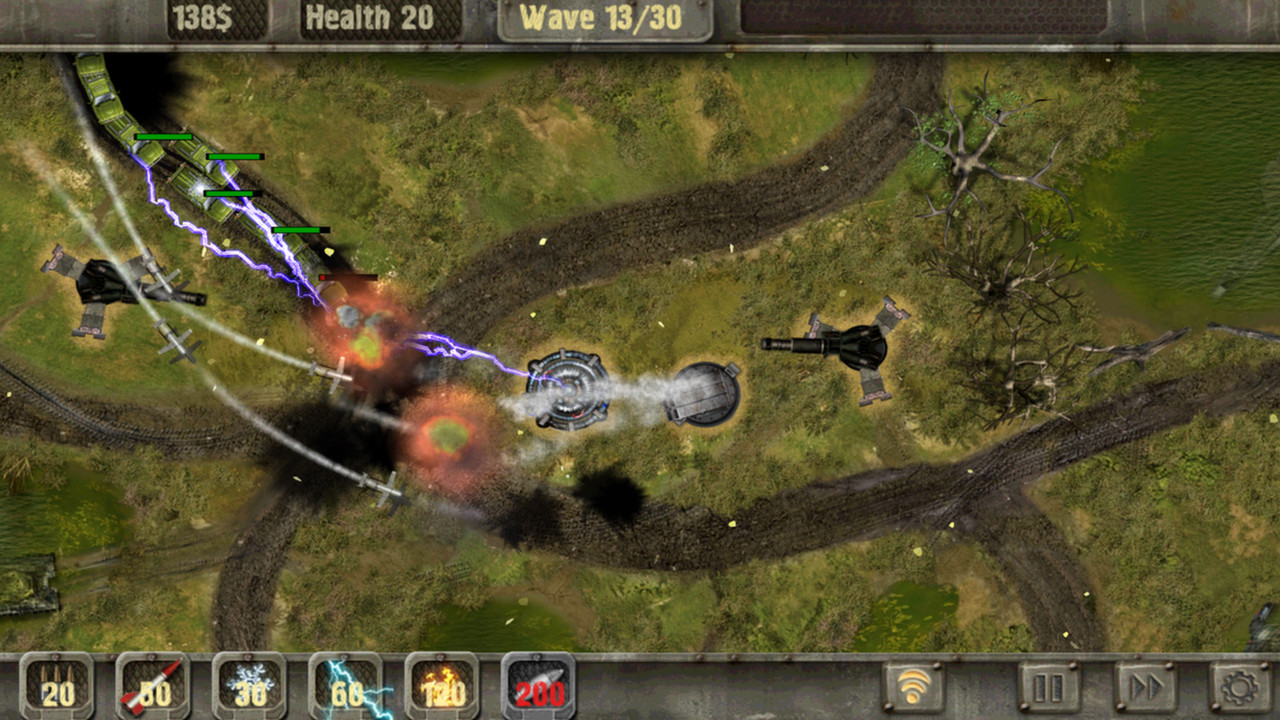Zone defense is a defensive strategy in which each defender covers a specified area with the objective of limiting scoring opportunities near the basket.
- Defense Zone Game
- Defense Zone 3 Mission 9
- Defense Zone 3 Mission 8
- Defense Zone 3
- Defense Zone Hand Sanitizer
This type of basketball defense could be a good strategy to implement against teams that have a strong inside game and/or poor outside shooting.
Defense Zone Game
Additionally, there are certain hybrid defenses such as junk defense or match-up zone defense which combine elements of man to man defense alongside zone defense.
Buy Defense zone 2. $3.99 Add to Cart. About This Game The new, engaging levels are even more stunning and impressive. New weapons have been added, along with new opponents, and even more action and tactics. The game supports four languages: English, Russian, French and German. This version is the first version of «Defense zone», as it was before the advent of options HellFire (temporary increase in power) and the change balance levels of the game. Enjoy the increased. Review Defense Zone 3 Mod - All aspects of the game are equally balanced with the image of the tower, the enemy's power, the properties of the land, and the special weapons. You won't be bored of playing simple games. Each game level will challenge you hard. Defense Zone 3 Mod You need to protect your base from incoming enemies by deploying weapons and special skills along a twisty corridor. Download this game from Microsoft Store for Windows 10, Windows 10 Mobile, Windows 10 Team (Surface Hub), HoloLens. See screenshots, read the latest customer reviews, and compare ratings for Defense zone 2.
The section below gives a brief overview of the various types of zone defense.
Amoeba
The amoeba defense combines elements of man to man defense and zone defense to limit scoring opportunities and possibly create turnovers.
The two top defenders (typically indicated by X1 and X2) cover the top of the key and high posts.
Two additional defenders (typically indicated by X3 and X4) cover the wings and sometimes tag/front the ball-side low post.
The bottom defender (typically denoted by X5) protects the basket and also covers the corners when necessary.
Defensive pressure is applied to the ball handler located at the top of the key, near the wings, or within the corners.
Also, executing trap defense near the wings or corners can be another effective method for generating turnovers.
Additionally, the amoeba defense is best utilized against teams that have above average ball handling or low post offense but lack good perimeter shooting.
1-1-3 Zone
The 1-1-3 zone defense covers three main areas which are the top of the key, the high post, and the low post areas including the basket.
This type of zone can be beneficial against team that have both good guards and good post players.
Two defenders will usually cover all of the areas above the free throw line such as the top of the key, high posts, and the wings.
Additionally, two or three defenders will typically focus on covering the areas below the free throw line such as the low post and corners.
1-2-2 Zone
The 1-2-2 zone defense features three perimeter players at the top of the zone and two post players close to the bottom of the zone.
For this zone, the middle defender applies instant defensive pressure to the ball handler at the top of the key.
In addition, the wing defenders can either cover the high post areas or extend the zone out to deny ball entry to the wing players.
The post defenders focus on guarding the low post blocks and those post defenders should have enough foot speed to close out on potential three point shooters in the corners.
1-3-1 Zone
The 1-3-1 zone defense consists of a top defender known as a chaser, two wing defenders, a middle defender (also known as a center) and finally, a bottom defender known as a warrior or tail.
The main objective of this type of zone is to put defensive pressure on the perimeter players located at the top of the key, wing areas, and corner areas.

Also, zone defenders will focus on trapping corners if necessary, attempt to deny an entry pass into either the high post or low post, and try to deflect or intercept any skip passes made by the offense.

2-1-2 Zone
The 2-1-2 zone defense focuses on protecting the middle of the paint near the basket.
This zone can also be used against bad shooting teams and it is also good against teams that like to run a high post offense because the high post areas are always guarded by a middle defender.
It features two wing defenders, two post defenders, and a middle defender.
2-3 Zone
The 2-3 zone defense consists of two defenders that are located near the high post areas and two more defenders positioned near the low slot areas right outside of the lane lines.
In addition, a middle defender is positioned in the middle of the lane in front of the basket parallel to the mid-line.
3-2 Zone
The 3-2 zone defense features three perimeter players at the top of the zone and two post players near the bottom of the zone.
This is a good zone to use to put pressure on the wings via ball denial.
Additionally, there is a variation where the middle defender can be used to guard the top of the key, the high posts, or the low posts.
4-1 Zone
The 4-1 zone defense is a special type of zone that is setup with four defenders across the high post and wing areas with one additional defender that protects the basket.

The primary goal of the 4-1 zone defense is to influence the offense to pass the basketball to the corners where the defense is able to set traps and generate turnovers.
If a turnover is not able to be created from the traps, then the secondary goal is to influence the trapped player to pass to another teammate located on the perimeter; preferably at the top of the key or opposite wing.
Additionally, the 4-1 zone defense can be beneficial against teams that do not shoot well from the perimeter and/or teams that only have one low post player with average to above average skills.
Junk Defense
Junk defense is a special type of defense that uses zone defensive principles alongside man to man principles.
The junk defense example in the adjacent diagram is known as a Box and one defense.
It features one perimeter defender guarding the offensive team’s best player and four zone defenders.
Defense Zone 3 Mission 9
The perimeter defender will play a man to man type of defense and stick with the designated offensive player at all times instead of covering a specific area like the other players.

The zone defenders will initially line up in a box where two defenders will be located on the high post elbows and the other two defenders in the form of a box.
Related
An Air Defense Identification Zone (ADIZ) is an area of airspace beyond a country’s sovereign territory within which the country requires the identification, location, and air traffic control of aircraft in the interest of its national security. Maintaining ADIZ becomes fundamentally relevant from the perspective of international law when such a zone extends into airspace suprajacent to international waters. e, In international airspace the state of registry generally enjoys exclusive jurisdiction with respect to the aircraft carrying its national mark, but the ADIZ is deemed as exercising d quasi-territorial jurisdiction over extraterritorial acts by the state maintaining ADIZ. There is no international law that specifically governs ADIZs, although various norms pertain, especially freedom of navigation. The Convention on Civil Aviation advises that all nations refrain from the use of weapons against civilian aircraft. The United States was the first country to establish an ADIZ, which it did in 1950 during the Cold War with the Soviet Union. Canada, India, Japan, Pakistan, Norway, United Kingdom, China, South Korea, Taiwan, and the United States are some examples of countries currently maintaining air defense identification zones.
Taiwan's air defense identification zone remains unchanged and none of the country's military training operations or patrols within the area have been affected by China's recent demarcation of an ADIZ over the East China Sea, Defense Minister Yen Ming said 02 December 2013. Yen said, however, that Beijing 'did not consult with us beforehand,' although part of China's newly designated ADIZ overlaps with Taiwan's. Speaking to the media before attending a hearing in the Legislature's Foreign Affairs and National Defense Committee, he said Taiwan's ADIZ has not changed and 'our training operations and patrols' within the area remain normal.
China on 23 November 2013 announced its demarcation of the new ADIZ that includes the disputed Diaoyutai Islands, which are also claimed by Taiwan and Japan, and is asking to be notified of any flights passing through the zone. There is a possibility that China would also designate an ADIZ over the South China Sea at some point in the future, according to Taiwan's Defense Ministry.
Yen said Taiwan's military will continue to monitor developments in the region and will take response measures. Other government officials, including Foreign Minister David Lin and National Security Bureau (NSB) Director-General Tsai De-sheng, also appeared before the legislative committee to give their assessments of the situation.
National Security Council (NSC) Secretary-General Jason Yuan, however, did not accede to the committee's repeated request to attend the hearing to report on the government's stance and policies with regard to Beijing's recent move. The NSC is the main government unit that makes policies and decides on the response to such issues, said the committee's convener Chiu Yi-ying of the opposition Democratic Progress Party, explaining why Yuan was summoned. In a 4:3 vote, the committee later passed a motion to condemn Yuan for his failure to attend the hearing.
China stepped up military actions in the Taiwan Strait in an attempt to intimidate Taiwan. The previous week, Sept. 9 and 10, People’s Liberation Army Air Force (PLAAF) planes and People’s Liberation Army Navy (PLAN) ships carried out massive military drills off the southwest coast of Taiwan.
On 09 September 2020, a total of 30 PLAAF fighter planes and seven PLAN warships held joint air and sea exercises in Taiwan’s southwestern ADIZ, according to a Taiwan defense ministry official. Chinese fighter jets breached the country’s ADIZ 21 times on Sept. 9, with a similar number of incursions into the zone on Sept. 10 as well. News of the Chinese incursion came the same day as U.S. Under Secretary of State for Economic Growth, Energy, and the Environment Keith Krach was scheduled to visit Taiwan and attend a memorial service for former Taiwan President Lee Tung-hui, to be held on Sept. 19.
For the second day in a row on 18 September, a total of 18 Chinese People's Liberation Army Air Force (PLAAF) warplanes entered Taiwan's Air Defense Identification Zone (ADIZ) — and were warned 24 times to leave the area before being driven away by Taiwanese fighter jets. the Chinese aircraft were detected inside the ADIZ at the altitudes of 5,700, 6,300, 7,000, 7,500, and 8,400 meters. Taiwan's Air Force broadcast 24 warnings to the PLAAF planes, including cautioning several times that they were 'close to my airspace.' This is a rarely used warning indicating they were close to penetrating Taiwan's sovereign airspace. According to the Ministry of National Defense (MND), two H-6 bombers, eight J-16 fighters, four J-10 fighters, and four J-11 fighters of the PLAAF crossed Taiwan's Median Line and intruded into the country's ADIZ.
The Ministry of National Defense on 19 September 2020 released the news of the Communist Army through the official website 'Real-time Military Updates', announcing that a total of 19 military aircraft of the Communist Army have invaded Taiwan's airspace, and some of them have crossed the middle of the strait. The aircraft types include 12 F-16s, 2 J-10 fighters, 2 J-11 fighters, 2 H-6 fighters, and 1 Y-8 anti-submarine aircraft. In addition to dispatching air patrols and emergency take-offs, the Taiwan military responded by broadcasting, and use anti-aircraft missiles to pursue surveillance. The Ministry of National Defense stated that 'the Chinese Communist People’s Liberation Army’s provocative actions that violated our sovereignty by crossing the middle line of the Strait for two consecutive days have severely undermined the status quo of peace and stability in the Taiwan Strait and the region. The producers should jointly maintain peace and security in the Taiwan Strait and the Indo-Pacific region'.
On 23 September 2020, two PLA Y-8 ASW aircraft entered Taiwan’s southwest ADIZ again, the flight paths as illustrated. ROCAF fighters scrambled and deployed air defense missile system to monitor the activities.

Eight Chinese bomber planes and four fighter jets entered the southwestern corner of Taiwan's air defence identification zone on 23 January 2021, and Taiwan's air force deployed missiles to 'monitor' the incursion, the island's Defence Ministry said. China had conducted almost daily flights over the waters between the southern part of Taiwan and the Taiwan-controlled Pratas Islands in the South China Sea in recent months. However, they have generally consisted of just one or two reconnaissance aircraft.
Defense Zone 3 Mission 8
The presence of so many Chinese combat aircraft on this mission - Taiwan said it was made up of eight nuclear-capable H-6K bombers and four J-16 fighter jets - is unusual. A map provided by Taiwan's Defence Ministry showed that the Chinese aircraft, which also included a Y-8 anti-submarine aircraft, flew over the same waters where the most recent Chinese missions have been taking place near the Pratas Islands, though still well away from mainland Taiwan.
Defense Zone 3
Defense Zone Hand Sanitizer
| Join the GlobalSecurity.org mailing list |
